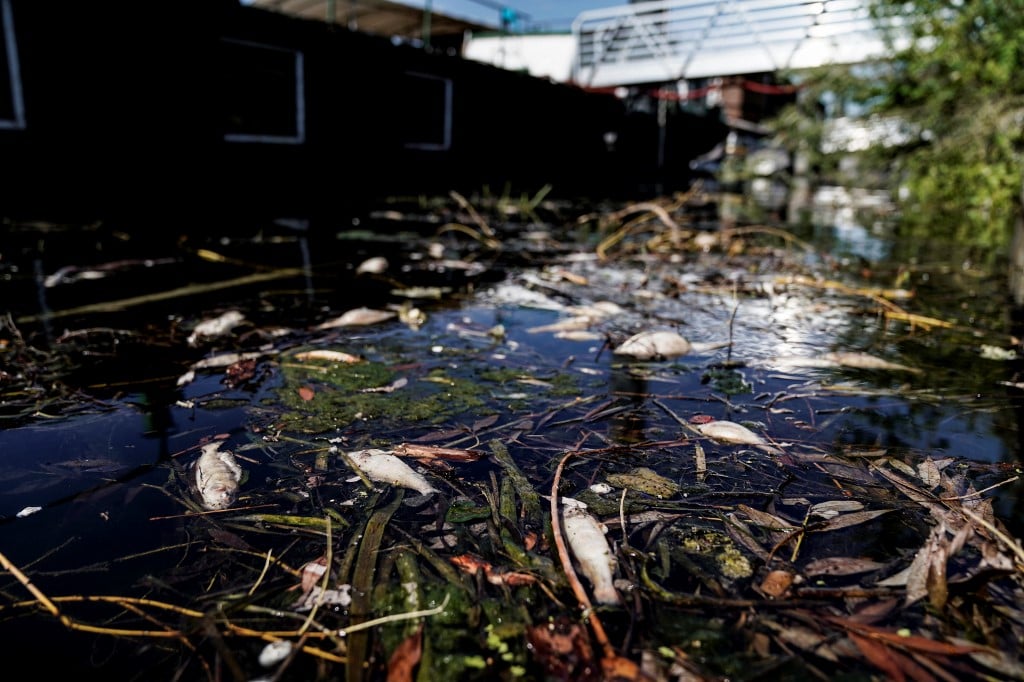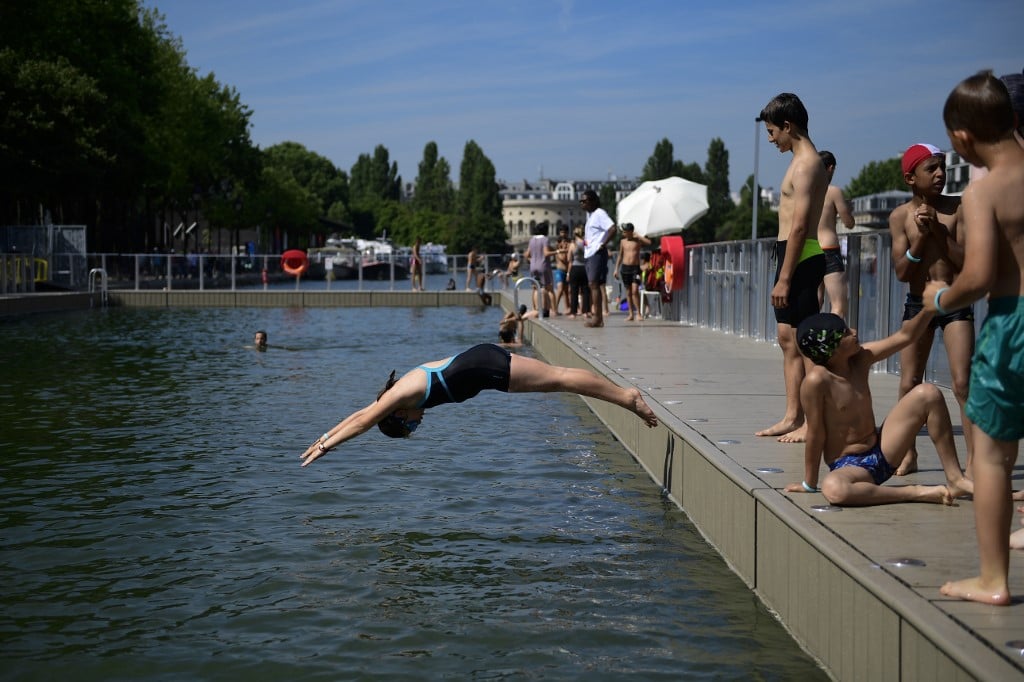It’s a promise that was made by former French President Jacques Chirac when he was mayor of Paris in 1988: he would make the Seine so clean that Parisians would be able to swim in the river.
Thirty two years later, going for a dip in the Seine waters is still not allowed. The risks of doing so are a €15 fine and probably heavier costs in doctor appointments and medication, considering the river’s pollution level.
Nonetheless, for several years now mayor Anne Hidalgo has been working towards the idea, with the goal of making it possible by 2024 – the year the Olympics come to Paris.
And now she has appointed a 'deputy mayor for the Seine' Pierre Aidenbaum.
“The city must re-appropriate the Seine and make it the 21th district of Paris,” declared Aidenbaum, in an interview for Le Parisien.
READ ALSO: Paris 2024 Olympics: See which events will be where
“We will provide water treatment plants with new decontaminating filters, forbid barges to discharge their wastewater into the river and correct the bad connections of certain residential areas whose wastewater is discharged into the river,” he explained.

Dead fish float on the Seine River in Conflons-Sainte-Honorine, near Paris. Photo: AFP.
Today, the Seine is polluted with E-coli, meaning that a quick swim is likely to earn you a bout of gastroenteritis, but it is apparently moving in the right direction.
“In reality, if we relied solely on dry weather, we would not be very far from meeting the swimming target. The issue is thunderstorms, they disrupt water quality”, explained Deputy in charge of the Environment, and Water Policy, Célia Blauel to Le Figaro last year.
But it seems that the plans are yet to convince Parisians.
“Even if it’s cleaned and made 'swimmable' I won’t go swimming in the Seine,” 24-year-old Valentine assured The Local.
“God no! And even less after the Lafarge leak,” answered Marie, 23, when asked if she would consider going for a swim in the river in 2024.
Earlier this week hundreds of litres of toxic wastewater from cement giant Lafarge’s site in Bercy, eastern Paris have been revealed to have leaked into the Seine.
C’est un véritable scandale écologique, alors que nous travaillons avec nos partenaires depuis de nombreuses années pour améliorer la qualité du fleuve. La Ville de Paris va saisir le procureur de la République pour ces faits graves qui portent atteinte à notre environnement. https://t.co/B7Aij6wPrX
— Anne Hidalgo (@Anne_Hidalgo) September 1, 2020
Paris prosecutors have opened an investigation into the manufacturer for “alleged pollution of the Seine river by a public works company”.
“Remember in Rio there had been a problem with the river? So, no, I trust no one with a 'swimable' Seine,” said Marine, 31.
The Olympics involve several open-water swimming events that are at present set to take place in the Seine in 2024.
But ahead of the 2016 Rio Games, an investigation by the Associated Press stated that the water was 1.9 billion times too polluted, and consequently a danger to the health of the athletes.
But others in Paris are more optimistic.
“It's not going to be dangerous, it’s just water. I think it’s cool for people who can’t afford to go on holidays or have a swimming pool, I’ll probably take my children there” said Eric, 37, who’s already a fan of the La Villette swimming pools in the summer, which are opened in the canal basin of the Ourcq Canal.

Children plunge in water in a swimming pool at the Bassin de la Villette in Paris. Photo: AFP.
“I’ll have to see when it’s done but it could make Paris more attractive, though it'll have to be regulated because otherwise it’s going to be a nightmare to walk along the quays,” warns Matthias, 27.
Back in the 17th century, the riverbanks were indeed crowded as rich and poor bathed in the river.
France’s diving championship took place in Paris in 1913 with the Seine as its stage. The tradition of going for a dip in the middle of the city stayed until the 1960s, even though swimming in the river was made technically illegal in 1923.



 Please whitelist us to continue reading.
Please whitelist us to continue reading.
Member comments